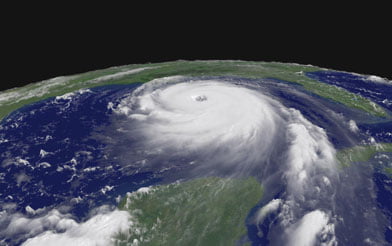Published September 14, 2017
While the tragedy in the Gulf Coast and the Southeast continues unfolds our hearts go out to all those impacted. If the experience of Katrina is any example, the impacts of these natural disasters will reshape the complexion of the area for years to come. The economic hardship many will feel in fleeing these hard-hit areas will render them powerless to return to life as they knew it.
Everyone focuses on the area impacted by the high water and devastation. From a supply chain perspective, the impact goes far beyond what is visible to those impacted. Residents displaced by the devastation will impact the demand on other areas. People helping those impacted will buy goods and services in their local markets. These items will be purchased at a level most likely not typical for the season.
This leads to a displacement of demand that will forever be in the history of the locations impacted. Developing a way to quantify the impact will be critical to ensuring that computed inventory levels will not overstate the required levels. Demand planning teams must recognize the situation and work to uncoil true demand from the abnormal shock they are now experiencing.
Read the full article, How Hurricanes Impact Supply Chains to better understand the problem, the displacement affects, where the demand goes, and what can be learned from past hurricanes.
Recognizing the patterns of weather and the impacts they deliver will help teams better manage the impacts and long-term effects. Understanding the demand relocation and end customer displacement is critical to recognizing the demand patterns that will result. Failing to take on this actively will result in supply shortages in areas the team does not understand.
More Resources



